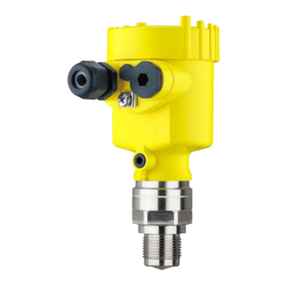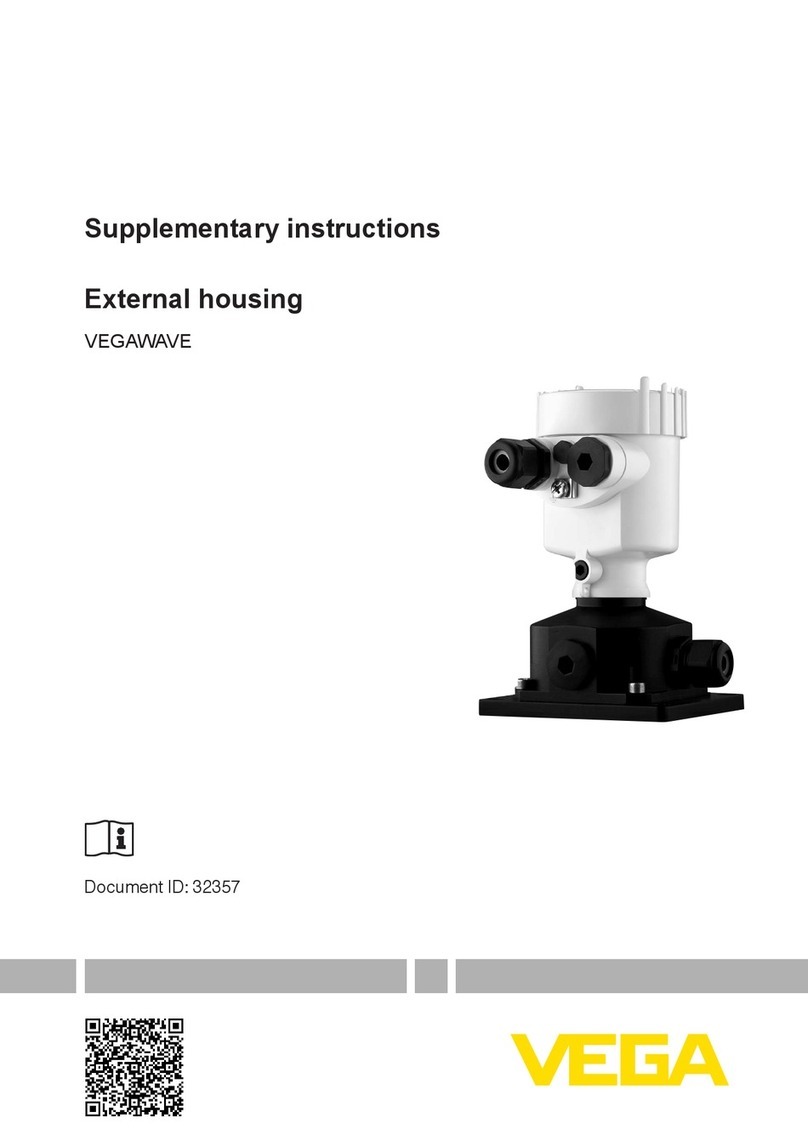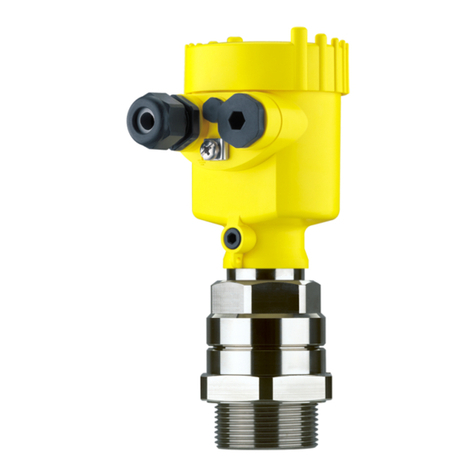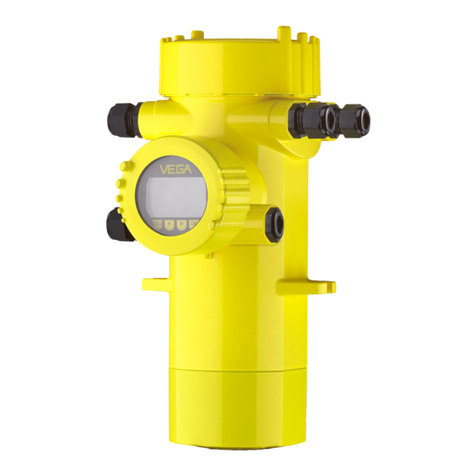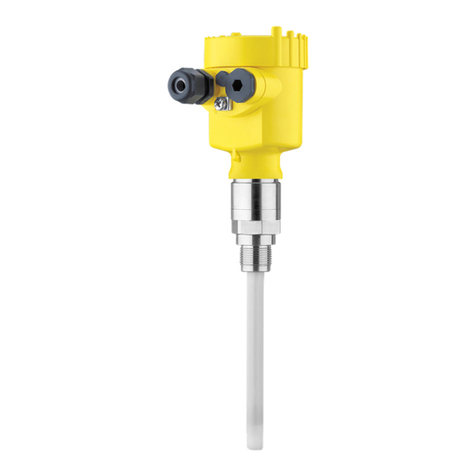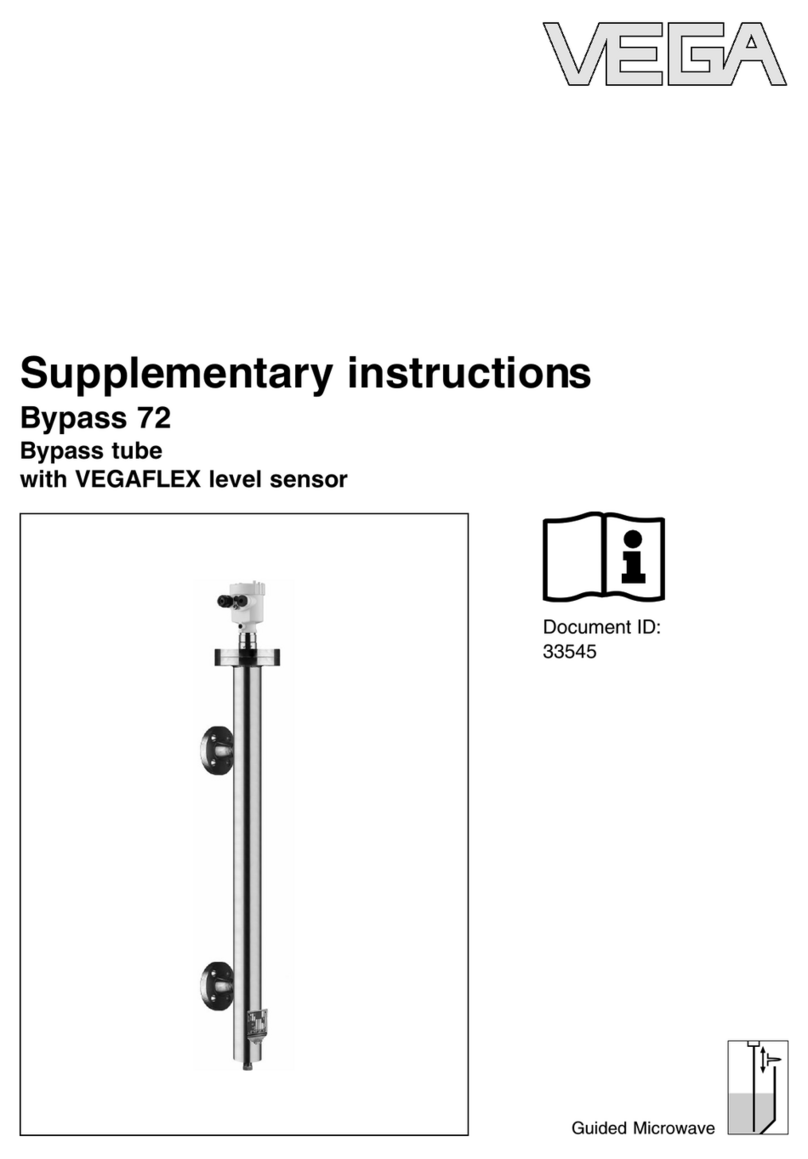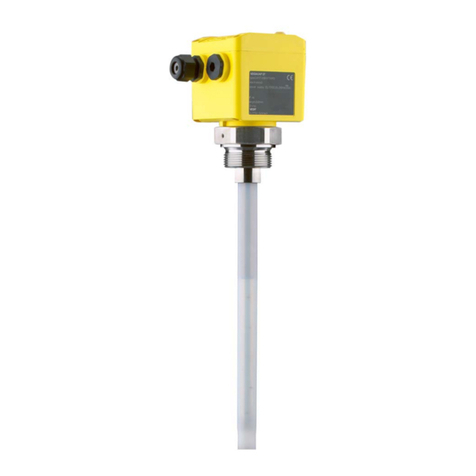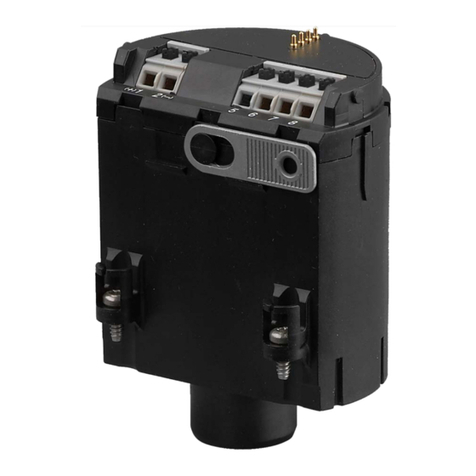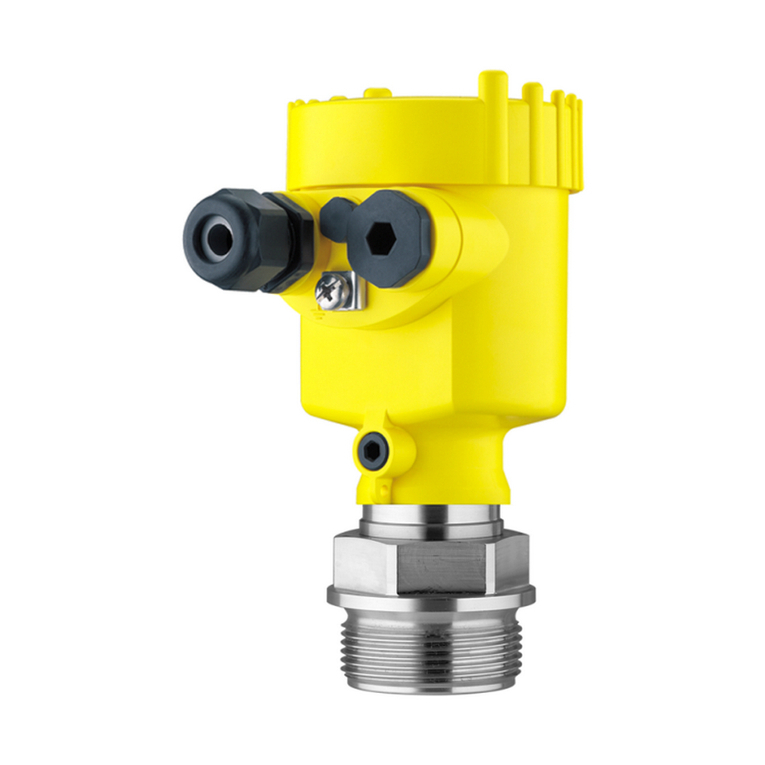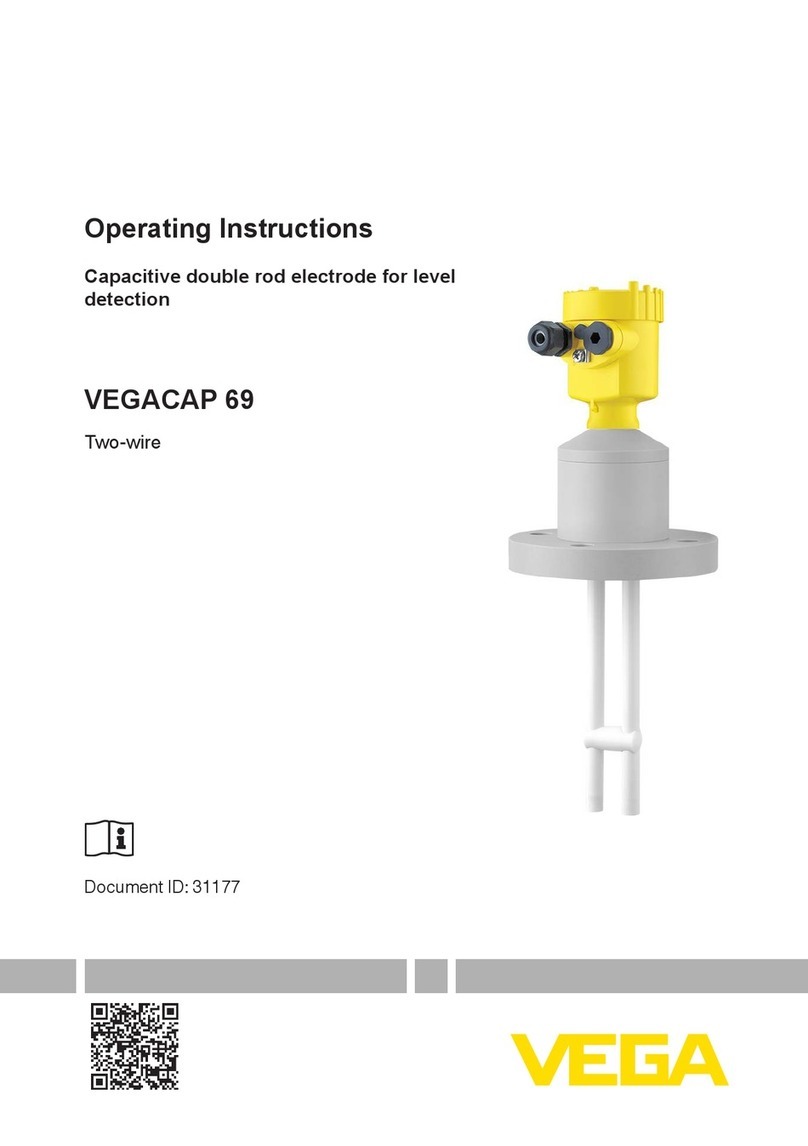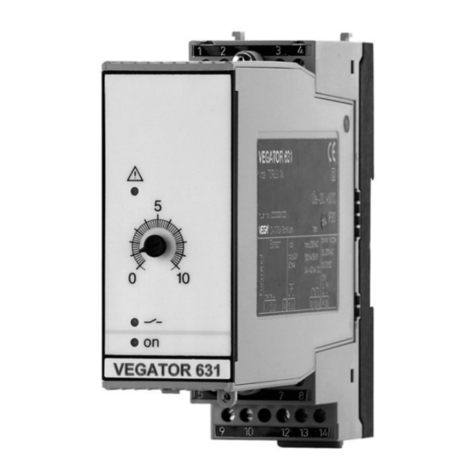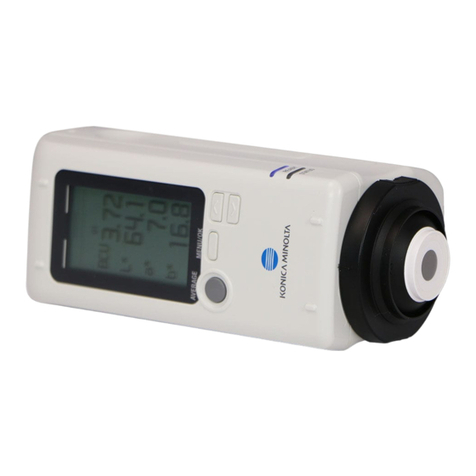Vega ALT-5 Operating Manual Page 6
Cal Factor:
On the rear of your ALT-5 instrument you will find the calibration factor that has been determined to ensure the most
accurate reading of your altimeter. This is the pressure sensor offset in 0.1mB increments. Adjust your static pressure to
be close to sea le el pressure. The exact altitude is not important and can be up to se eral hundred feet. Adjust the
calibration factor so the altitude readout in the top right hand corner of the display agrees with your pitot static test set.
Cal Gain:
Once you are satisfied that the low le el altitude “CAL FACTOR” is correct, apply a static pressure that will result in an
altitude between 20000 and 30000 ft. Adjust the “CAL GAIN” until the altitude readout in the top right hand corner of the
display agrees with your pitot static test set
NOTE: Adjusting the “CAL GAIN” also changes the low le el altitude calibration achie ed when adjusting the “CAL
FACTOR”. Please recheck your low le el altitude calibration and adjust if necessary. Recheck your altitude readout at the
higher altitude, and if needed slightly adjust the “CAL GAIN” again. Repeat the process until you are satisfied with both
the “CAL FACTOR” altitude and the “CAL GAIN” altitude.
Serial Out:
Select “ON” to enable the RS232 serial altitude output. This formatted serial RS232 message can be directly interfaced to
arious RS232 serial input transponders. If a parallel Gillham output is required then a CNV-ALT can be purchased from
your MGL A ionics distributor to con ert the RS232 output to a parallel Gillham output.
Prot:
Select the protocol of the serial RS232 output message. The protocol can be selected between GARMIN AT, Magellan,
Northstar / Garmin, Trimble / Garmin, MGL A ionics and Microair UAV. Please note that the baud rate is automatically
adjusted according to which protocol is selected. The output format is as follows. The message contains the current
pressure altitude with a fixed reference to 1013.25mB (29.92 inches mercury). All protocols use 8 databits, no parity, and
1 stop bit. The message is outputted once a second.
Protocol Baud
Rate
Message format Example
Garmin AT 1200 #AL, space, +/-, fi e altitude digits right
justified zero padded, T+25, checksum,
carriage return
The checksum is a simple modulo 256 sum
of the binary alues of the indi idual
characters. The checksum is sent as two
characters in hexadecimal format
#AL +02372T+25DF[CR]
Magellan 1200 #MGL, +/-, fi e altitude digits right justified
zero padded, T+25, checksum, carriage
return
The checksum is a simple modulo 256 sum
of the binary alues of the indi idual
characters. The checksum is sent as two
characters in hexadecimal format
$MGL+02372T+2513[CR]
Northstar,
Garmin
4800 ALT, space, fi e altitude digits right justified
zero padded, carriage return
ALT 02372[CR]
Trimble,
Garmin
GTX327,
GTX328,
GTX330
(Set on Icarus)
9600 ALT, space, fi e altitude digits right justified
zero padded, carriage return
ALT 02372[CR]
MGL A ionics 9600 ALT, +/-, fi e altitude digits right justified
zero padded ,1013.25mB (29.92”Hg)
referenced, C, +/-, fi e altitude digits right
ALT+02372C+02372L1013+0000XCA[
CR]

